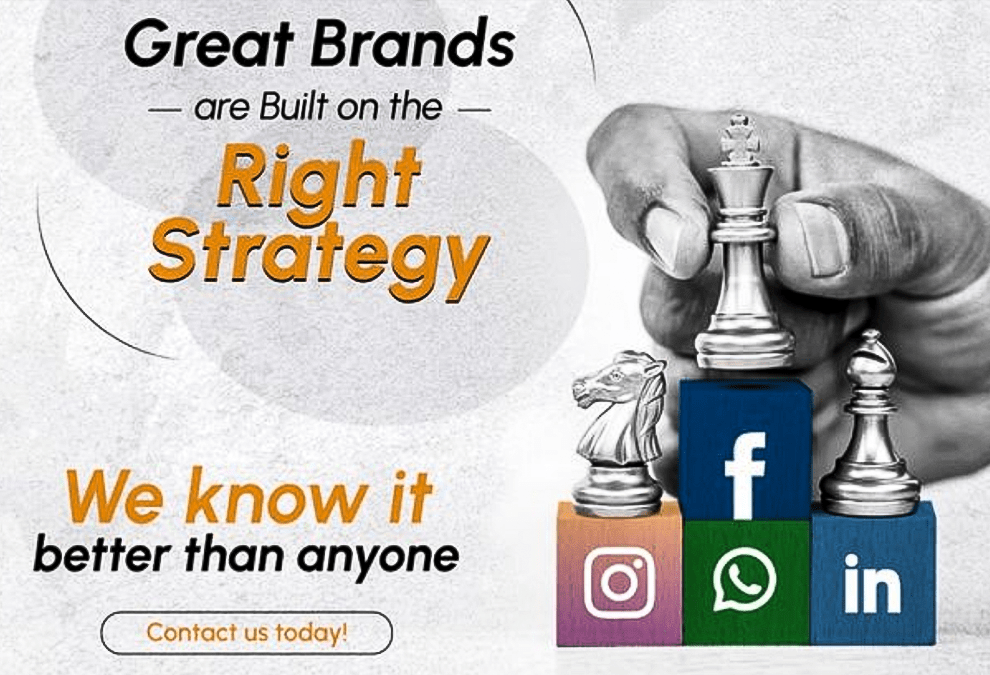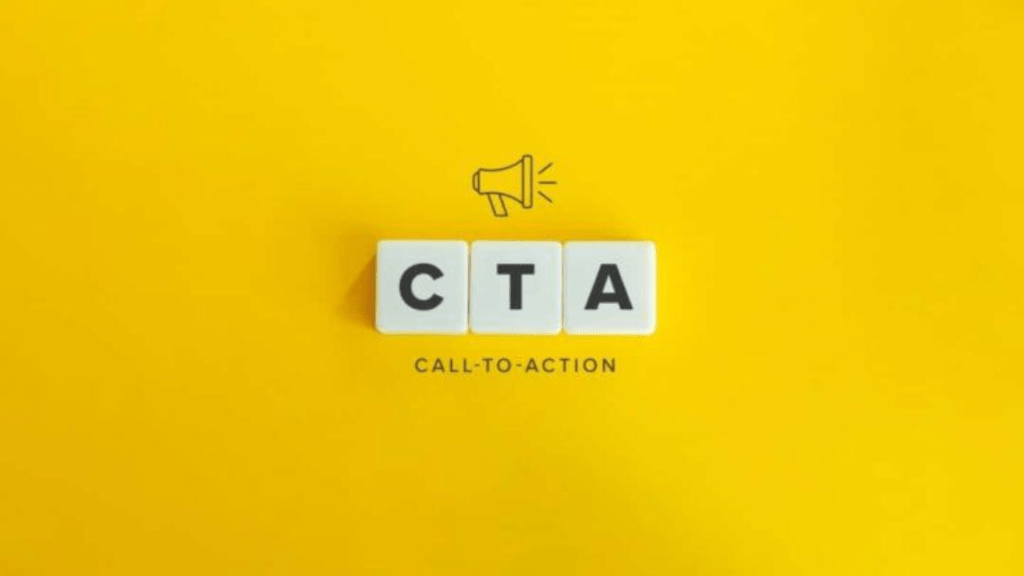
In today’s fast-paced digital world, it’s harder than ever to grab and hold someone’s attention. Traditional marketing tactics no longer cut it—audiences crave connection, authenticity, and emotion. This is where digital storytelling steps in.
Whether you’re a small business, content creator, or large corporation, mastering the art of storytelling can set you apart. Through videos, podcasts, interactive media, and visuals, digital storytelling allows you to engage your audience in a way that resonates deeply.
If you’re ready to elevate your brand and create lasting relationships with your audience, this guide will help you learn the basics of effective digital storytelling.
What is Digital Storytelling?
Digital storytelling is the process of using digital tools to craft compelling narratives. It combines multimedia elements like video, audio, graphics, and text to convey a message or share an experience.
At its heart, digital storytelling isn’t just about promoting a product or service. It’s about creating stories that entertain, educate, and inspire, forming emotional bonds that encourage trust and loyalty.
Why Digital Storytelling is Essential for Brands

In a crowded digital space, standing out is no easy feat. Brands need more than just advertisements—they need narratives that captivate and engage.
Benefits of Digital Storytelling:
- Creates Emotional Connections – A strong narrative humanizes your brand, allowing audiences to relate personally.
- Increases Engagement – Stories keep people hooked longer, boosting interaction and retention.
- Boosts Brand Awareness – A memorable story is more likely to be shared, expanding your reach.
- Builds Trust and Loyalty – Authentic stories foster transparency, strengthening the bond between your brand and customers.
- Drives Conversions – Emotional engagement leads to action, whether it’s subscribing, purchasing, or sharing your content.
How to Craft an Effective Digital Story
1. Understand Your Audience
Your story is only as powerful as the connection it makes. Start by researching your audience:
- What are their interests and values?
- What problems do they face?
- How can your product or service add value to their lives?
A relatable and audience-centric story is more likely to resonate and inspire action.
2. Develop a Clear Narrative

A great digital story follows a structure:
- Beginning: Introduce the setting and characters (even if it’s your brand or product).
- Middle (Conflict): Highlight the challenge or problem your audience faces.
- End (Resolution): Show how your product, service, or message offers a solution.
Example:
A small coffee brand can tell the story of local farmers who grow the beans, illustrating how each cup supports sustainable farming.
3. Use Multimedia to Enhance the Experience
Text alone isn’t enough. Incorporate:
- Videos and Animations – Perfect for social media and websites.
- Images and Graphics – Break up text and add visual appeal.
- Audio – Podcasts or voiceovers add a personal touch.
- Interactive Elements – Engage users through quizzes, polls, or clickable content.
4. Be Authentic and Relatable
Audiences value honesty. Share behind-the-scenes footage, customer testimonials, or personal anecdotes that reflect your brand’s journey. Imperfections often make your brand more relatable and genuine.
5. Create a Call to Action (CTA)

End your story with a clear, simple CTA. Guide your audience toward the next step:
- Visit your website
- Subscribe to your channel
- Share the content
Make the CTA natural and relevant to the story.
Examples of Successful Digital Storytelling
- Nike – “Just Do It” Campaign
Nike’s ads rarely focus on the product itself. Instead, they highlight stories of perseverance, struggle, and victory, inspiring viewers and aligning with the brand’s core values. - GoPro – User-Generated Content
GoPro uses real customer footage, allowing users to share thrilling adventures. This authenticity strengthens brand trust and loyalty. - Dove – Real Beauty Campaign
By featuring real women and their personal stories, Dove addresses societal beauty standards and builds strong emotional connections.
Mistakes to Avoid in Digital Storytelling
- Being Too Salesy – Focus on the story, not just the product. A hard sell can alienate your audience.
- Ignoring Audience Needs – A story that doesn’t address audience pain points won’t resonate.
- Lack of Consistency – Ensure your stories align with your brand voice and values across all platforms.
FAQs About Digital Storytelling
What platforms are best for digital storytelling?
Platforms like Instagram, TikTok, YouTube, and Facebook are great for video-based storytelling, while blogs and LinkedIn work well for long-form narratives. Choose the platform that fits your audience’s habits.
Is digital storytelling expensive to produce?
Not necessarily. Many successful digital stories are created with simple tools like smartphones and basic editing software. Authenticity often matters more than production value.
How long should a digital story be?
The length depends on the platform. Social media stories (30–60 seconds) should be concise, while YouTube videos or blog posts can run longer. Always prioritize quality over length.
Can small businesses benefit from digital storytelling?
Yes! Small businesses can use storytelling to highlight their journey, showcase customer testimonials, or share how their products are made. This builds trust and connects with local audiences.
How often should I post digital stories?
Consistency matters. Aim for at least one story a week, but focus on quality. Overloading content can reduce engagement.
Conclusion
Digital storytelling is a game-changer for brands seeking to create meaningful connections and stand out in the digital space. By crafting authentic, relatable, and visually engaging narratives, you can inspire trust, boost engagement, and drive growth.
Start small, experiment with different formats, and most importantly—focus on telling stories that matter to your audience.







